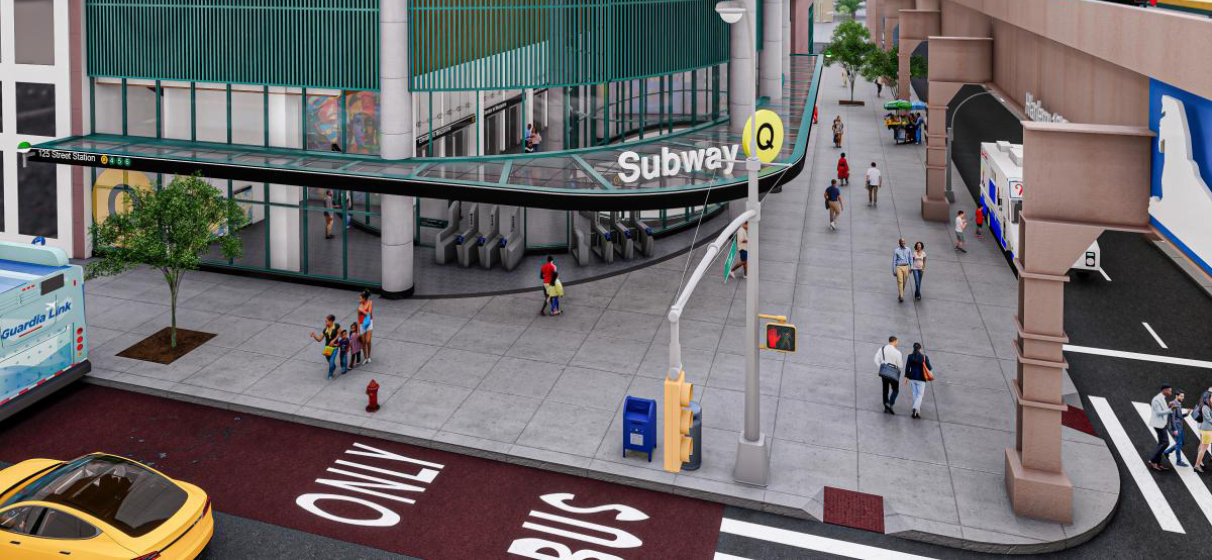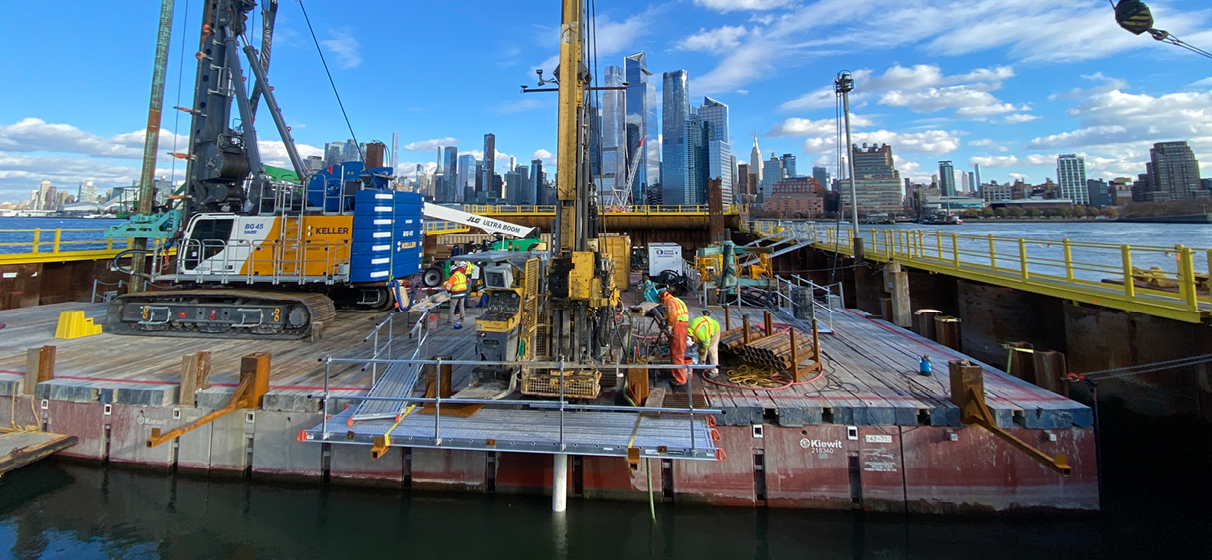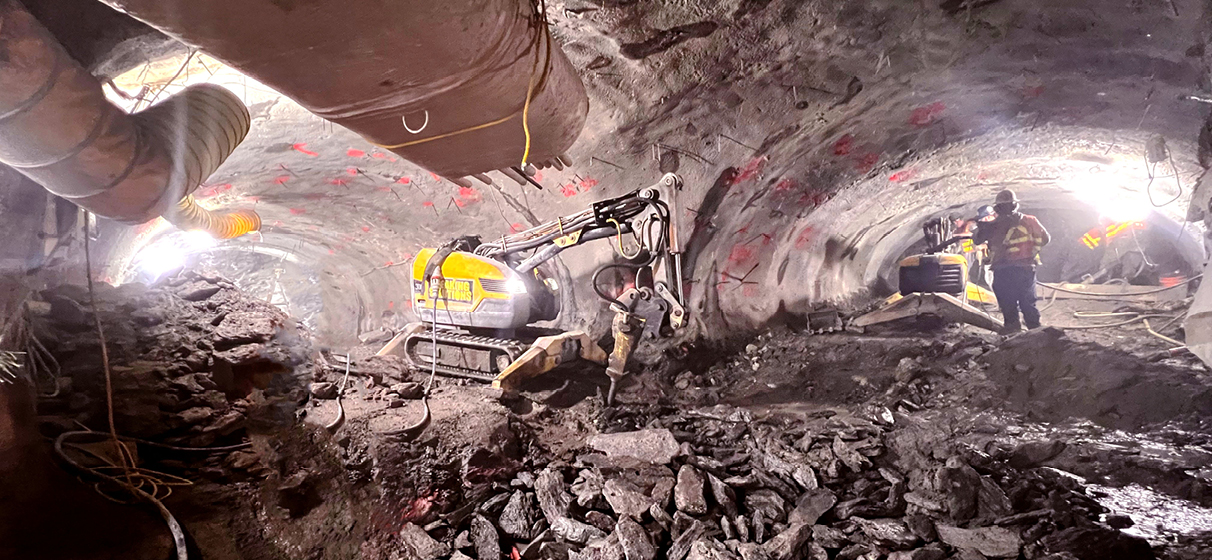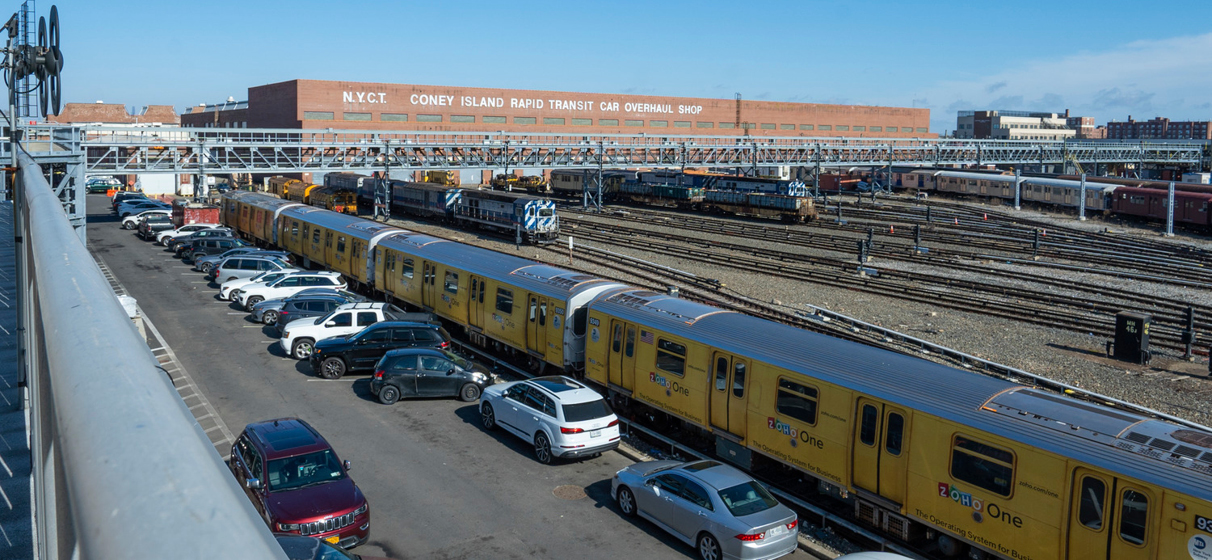Phase II of the Second Avenue Subway is moving forward, with New York Gov. Kathy Hochul recently announcing the award of the tunneling contract, a key milestone in one of New York City’s most ambitious infrastructure undertakings. STV is playing a vital role in this transformative project, which is overseen by the Metropolitan Transportation Authority’s (MTA) Construction & Development. The project’s second phase will extend service from 96th Street to 125th Street and Park Avenue. STV, in joint venture with WSP, is providing a comprehensive suite of planning, architectural and engineering design and advisory services.
In this roundtable, key members of STV’s Second Avenue Subway team, including Hamid Rezaei, PE, vice president and technical director of underground structures; Tertulien “Tony” Augustin, PE, principal, vice president, and engineering director; John Son, senior associate and project controls manager; Jong Baek, vice president and New York transportation studio director; Barrie Roberts, vice president and engineering director; and Mark Griffiths, engineering director of systems, discuss their experiences, as well as the challenges and innovations of the transformative program.
What are some of the engineering challenges the team has faced, particularly around station design?
Hamid Rezaei: When we began the design for Phase 2, we first looked at the project’s first phase to help inform our path forward. The team faced a particular challenge at the 116th Street Station, where existing tunnels and train maintenance facilities originally built in the 1970s complicated construction plans. Initially, the preliminary engineering called for demolishing a large section of these tunnels to build the new station – a process that could disrupt the community and existing buildings above the corridor.
After a thorough assessment, the team discovered that the existing three-track tunnels could be modified and repurposed into a station without requiring full-scale demolition. This innovative solution reduced the project’s cost and schedule and is expected to mitigate disruption to the community.
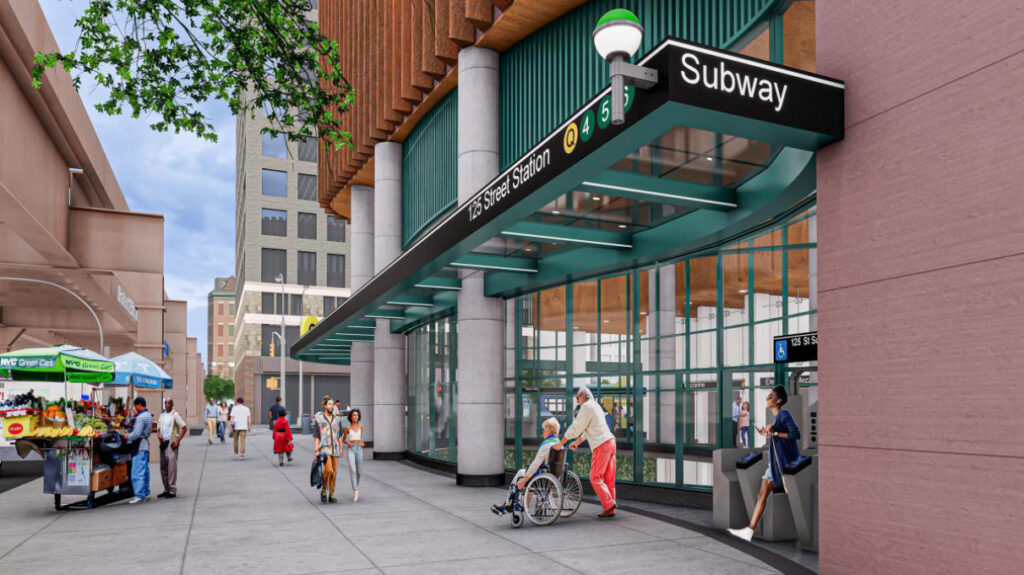
What about the tunneling work for Phase 2? How does it compare to previous phases?
Barrie Roberts: Unlike the Phase 1 running tunnels, which were mined almost entirely in rock, the Phase 2 tunnels will encounter complex geology, including various soils, rock and mixed face soil/rock conditions. The 22-foot diameter twin tunnels will utilize purpose-built pressurized face multi-mode tunnel boring machines with precast segmental tunnel linings to negotiate the challenging ground and groundwater conditions. The tunnels will pass directly under existing buildings and urban infrastructure at depths ranging from as little as 30 feet to more than 150 feet below street level.
Additionally, the underground caverns for the new 125th Street terminus station will be mined in rock utilizing drill-and-blast techniques and the sequential excavation method. Access to the caverns will be from shafts and tunnels, which will later serve as the entrances and ancillary facilities for the completed station.
At 116th Street, we’re repurposing a section of a tunnel built in the 1970s. This tunnel dates to when construction of the Second Avenue subway first started, before the project was canceled. It’s fascinating to connect our current work with these historical pieces of infrastructure.
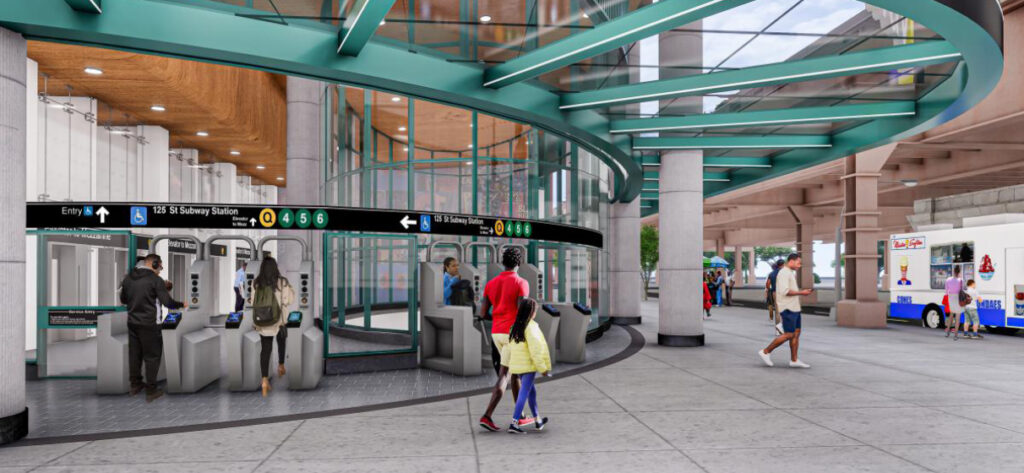
This project has been ongoing for many years. What makes it such a significant career experience for those involved?
Tony Augustin: With its extensive history stretching back years, the project has offered me the unique opportunity to be involved in every phase – from preliminary design to final plans, construction oversight and ongoing support. It’s been a tremendous source of professional growth and fulfillment throughout my career.
We’re not just laying new tracks and tunnels – we’re proactively uplifting underserved communities that have been lacking viable public transit access for years. The northern phase enters one of the most underserved and transportation-disadvantaged areas in the U.S. – a true “transit desert.”
By embedding our project team in the fabric of these neighborhoods, we’re promoting economic mobility, connectivity and equitable development opportunities. The community engagement aspect has been crucial, and we’ve worked through open dialogues and inclusive planning with diverse local stakeholders to understand concerns and center marginalized voices.
John Son: It has been exciting to be part of a project team working on a historical endeavor that will be in operation for generations to come. This will provide a much-needed boost to local economies and residents, continuing the link by providing improved one-seat access from the heart of Harlem to midtown Manhattan. The scale and impact of what we’re doing here are truly remarkable.
Phase 2 will extend the existing subway tunnel around 1.6 miles with three new stations at 106th, 116th and 125th streets. The 125th Street terminus will include crew facilities, connect to the Lexington Avenue Subway line and street-level access linking New York City Transit (NYC Transit) and Metro-North Railroad services. Phase 2 involves designing the tunnels, power systems and other supporting infrastructure.
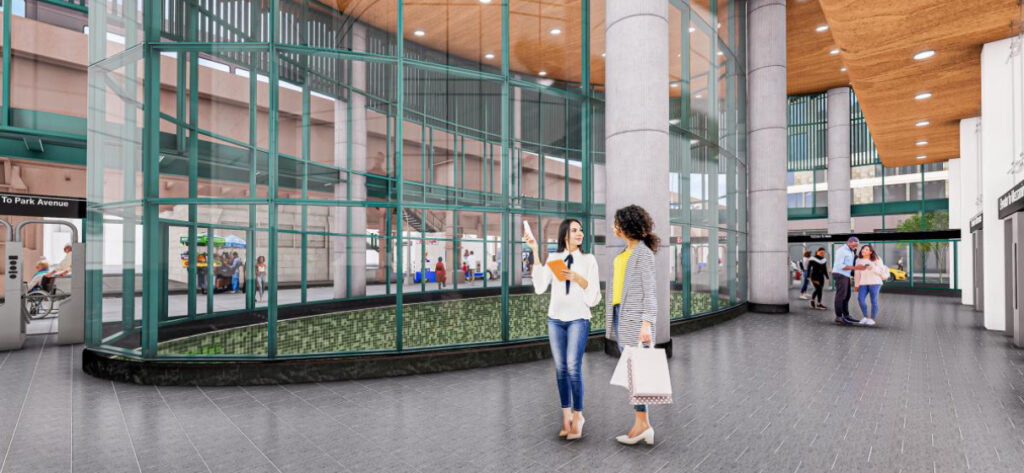
As for the project’s architectural elements, what considerations go into designing stations that will serve communities for decades?
Jong Baek: I feel fortunate and fulfilled to be able to share my expertise with the MTA over both phases. It allows me to make a tangible, long-lasting contribution towards modernizing and improving New York City’s public transportation system.
As a transit architect, I focus on creating a linear and cohesive aesthetic inspired by the system’s 120-year design history while incorporating modern elements. Our team must address significant ventilation challenges due to the underground nature of the stations, meeting modern safety codes like the National Fire Protection Association 130 that require robust smoke extraction systems. The ventilation requirements are one of the major drivers of the transit architecture for the subway station, impacting the underground passenger experience and the aboveground integration with the surrounding neighborhoods.
At the 125th Street station, which is poised to become a central multimodal hub with the Second Avenue Subway expansion, two entrances must be carefully coordinated with the joint developers to integrate with the buildings constructed above. In the lower-rise East Harlem neighborhoods near the 106th and 116th Street stations, the team’s design must connect taller station structures to low-rise (under 100 feet) community buildings. One solution being explored incorporates contextual volumes and materiality onto extensive louvers to allow natural air flow and ventilation.
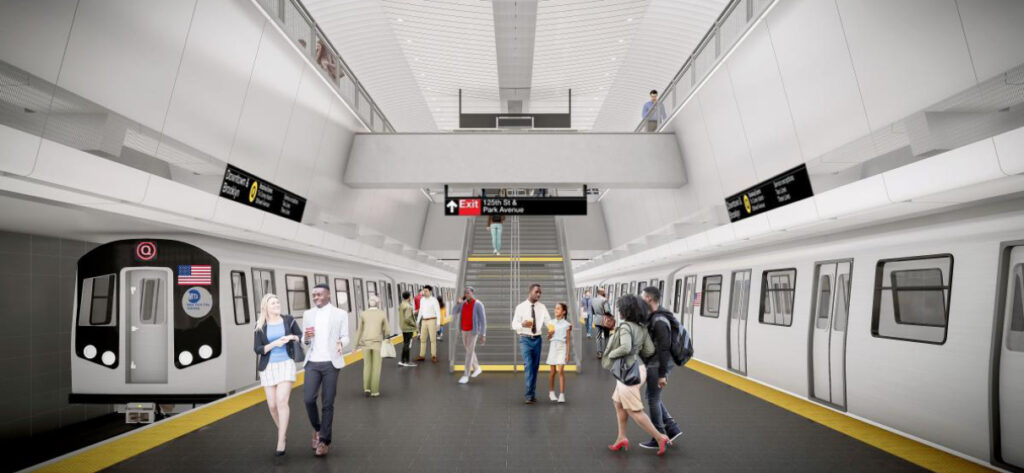
The systems and technology aspects of modern subway design are incredibly complex. How have those evolved between phases?
Mark Griffiths: Because the Phase 1 project spanned 12+ years from preliminary engineering to opening day, the systems design and installation were challenged by the need to keep up with technological advancements, especially in the telecommunications market.
For Phase 2, the team incorporated new technology from Phase 1 while addressing ways to minimize contract packing risk. They collaborated with NYC Transit engineering staff to secure agreements on technology and criteria, held working group meetings to discuss changes and developed documentation for technology agreements.
Our packaging plan combines station finishes with numerous systems under a single contract, simplifying the complex interfaces that plagued Phase 1. It also streamlined the Consolidated Edison Inc. electrical service connections, eliminating complex medium voltage unit substations unique to the NYC Transit system.
Phase 2 incorporates the new communication-based train control technology, NYC Transit’s preferred train signaling system, following extensive prototype testing on several existing lines. Like Phase 1, several subway systems enhance user safety and rider experience, providing train arrival information, safe point intercoms, cellular service, public address systems, fire alarms, fire suppression, smoke evacuation and security features like CCTV and access control. Also, sophisticated electrical and electronic systems allow visual and digital remote monitoring and control of train and station operations.
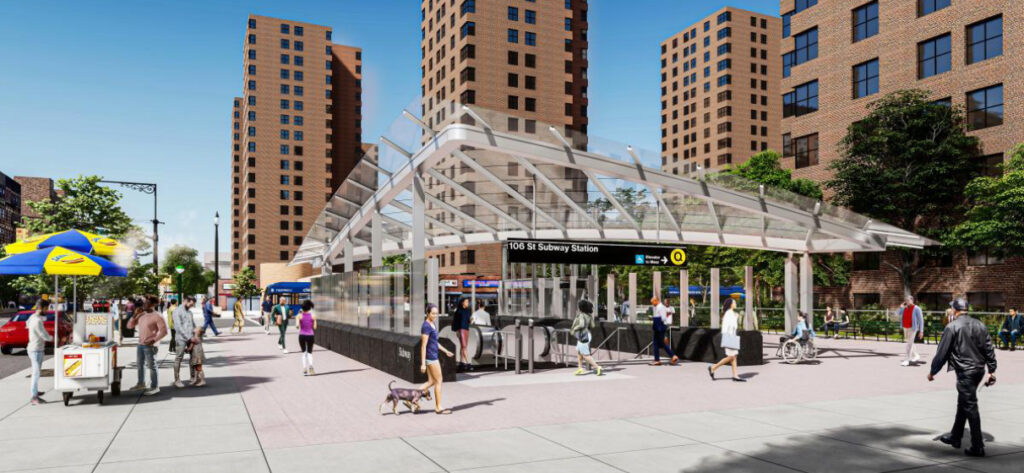
Community engagement is a crucial element of success for infrastructure projects of this scale. Could you share more about that aspect?
Tony Augustin: We’ve prioritized community engagement through open dialogues and inclusive planning. Our outreach efforts have focused on vital community hubs like the Tito Puente Educational Complex and East Harlem Community Center, with project teams presenting plans, impacts and long-term benefits directly to those who rely on these anchors.
We’ve found that meeting people in familiar spaces builds trust. Local educators, administrators and leaders became key partners, relaying information and facilitating dialogue. This relationship-building has been essential to the project’s success.
What would you say is the key to success on a project of this magnitude?
Jong Baek: It takes a dedicated team working together toward a common goal – sharing the design process, building consensus and leveraging everyone’s unique expertise. Cultivating that collective energy and shared purpose is what makes the difference. The complexity of what we’re doing requires true collaboration across disciplines.
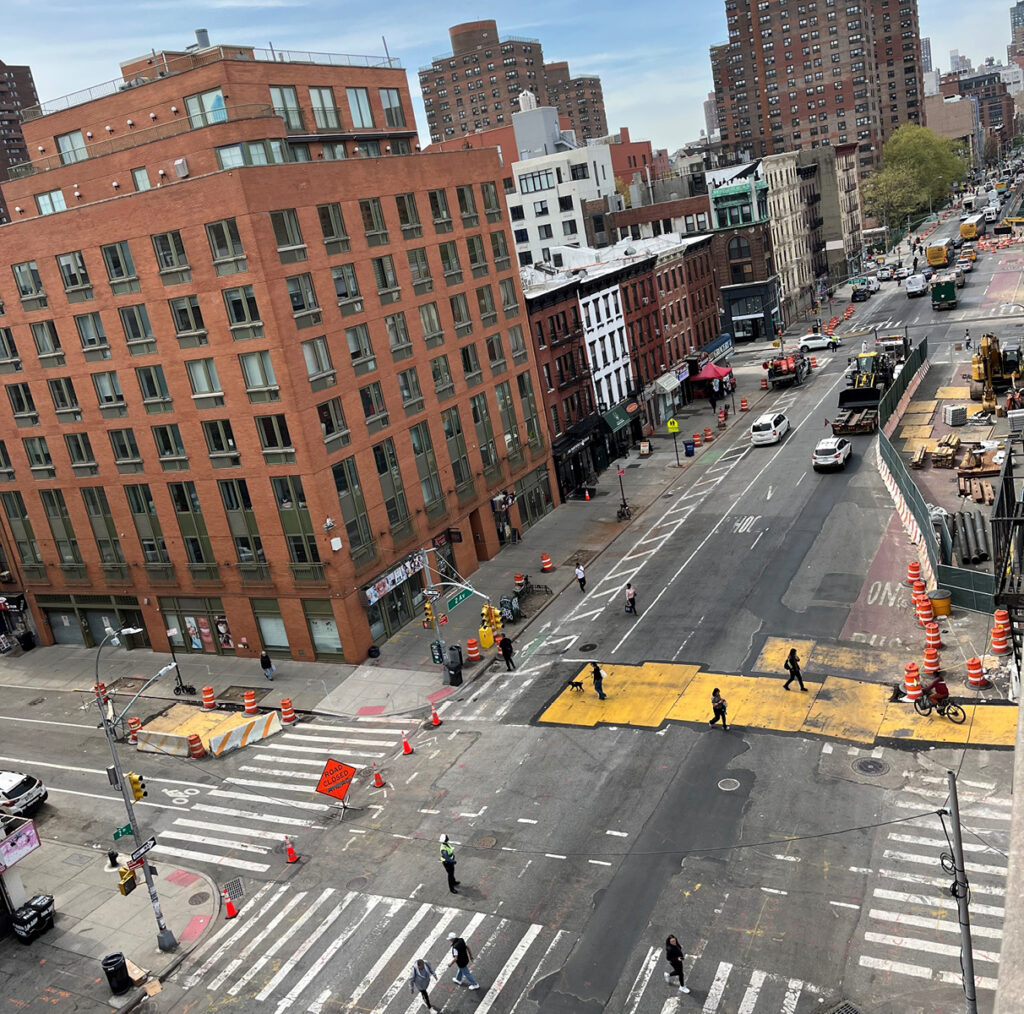
Looking ahead, what are each of you most excited about regarding the completion of Phase 2?
Mark Griffiths: Leading the systems team for both phases has been incredibly rewarding. It’s given me insight into the political and technological challenges municipal agencies face on an ongoing basis. We aim to help the MTA move Phase 2 forward with a strong team and build a state-of-the-art subway extension for another opening day. I’m excited to see it all come together.
Barrie Roberts: It’s seeing how all the technical challenges we’ve overcome will translate into a seamless experience for riders. These tunnels represent modern transit’s most complex engineering solutions, but the public will see a reliable, efficient subway service. That’s the mark of sound engineering.
Hamid Rezaei: I’m looking forward to seeing how our innovative solutions, particularly at 116th Street, will blend historical infrastructure with modern design. It’s a perfect example of how engineering can honor the past while building for the future.
John Son: I’m most excited about the day when the communities we’ve been working with finally get to use this system. Seeing that direct impact on people’s daily lives and mobility, that’s what makes all the hard work worthwhile
Tony Augustin: It’s about the long-term impact on these historically underserved communities. This isn’t just a transit project; it’s a transformation of urban mobility that will reshape opportunities for generations to come. That’s a legacy I’m proud to be part of.
